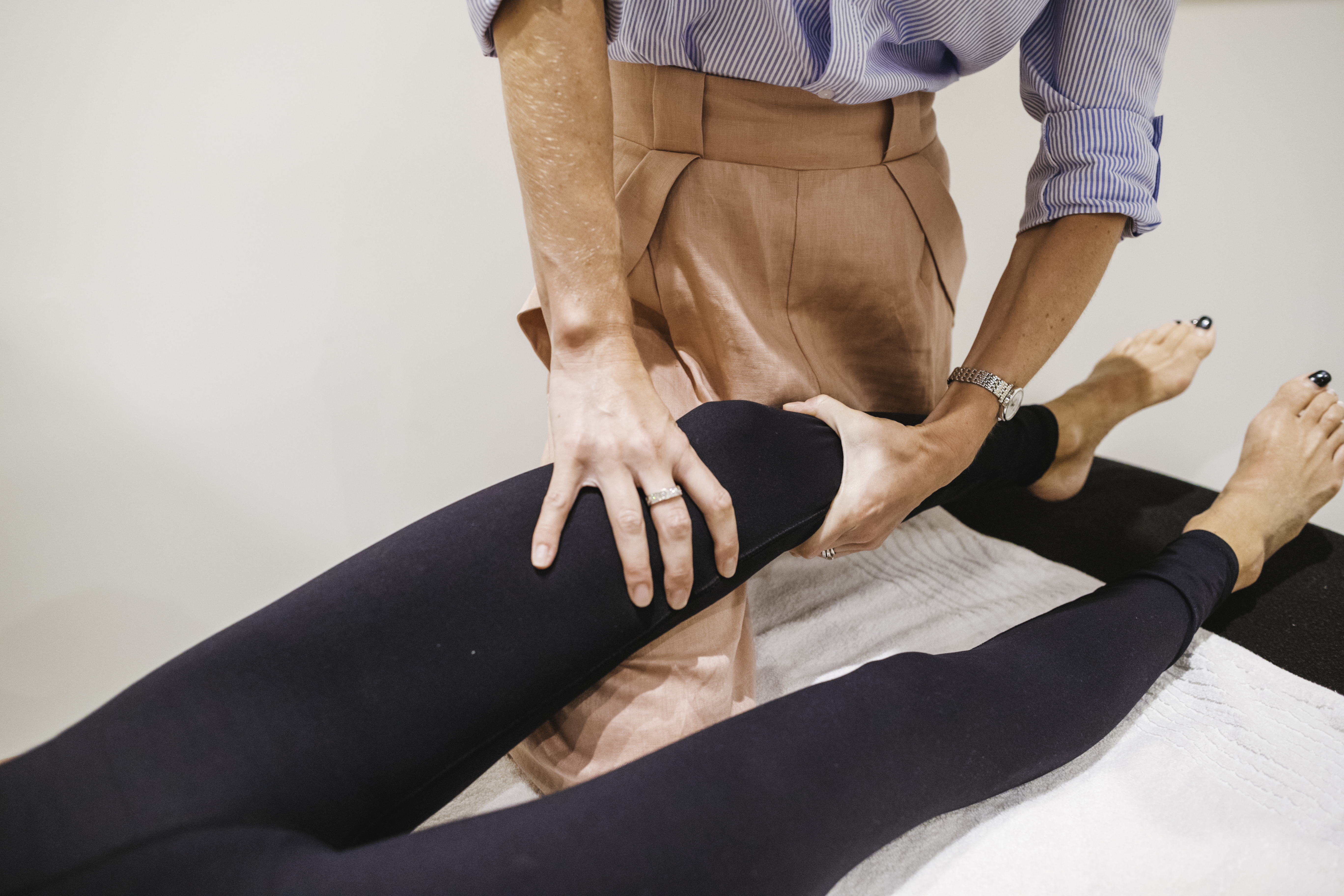
Physiotherapy helps a person recover their joints and muscles’ range of motion, strength, and endurance after an accident. The knee, the largest joint in the body, is also the most susceptible to injury. Since it is a hinge joint that only allows flexion and extension, it is easy to twist or strain especially during strenuous exercise.
Sports or dances that require quick movements anchored upon one foot or maneuvers with sudden stops and starts can fracture, tear or strain the joint. Over time, this might lead to a weaker knee, which is why it is important to maintain its stability through exercise and therapy.
The environment matters
While the knee joint is the body part most responsible for keeping the leg stable and flexible, its health relies upon the strength of the surrounding parts. There are several muscles that run from hip to knee, to ankle joints, and any impairments in one area will affect the rest.
Therapy sessions that stabilize all the lower limb joints will help make the knees stronger. These exercises will help make your lower extremities stronger and reduce knee pain.
1. While standing upright
You can train your knee for both standing and climbing by doing step-ups. You can use any sturdy box for this exercise, though it is recommended that you start with a box that rises six inches from the ground. Your starting position is both feet flat on the box. Step one foot back and tap your toe on the floor, keeping your pelvis from tipping to one side. Then, step back up on the box and straighten your leg fully.
It is good to start with 15-20 step-ups for each leg. You should also begin with a six-inch step and gradually increase the height you need to hoist your leg up. Do not go further than the height of your knee. This exercise improves the stability of the medial extensor leg muscles.
2. While squatting
Once you can stand and step up, you can proceed to squatting exercises like wall squats and lateral walks. For wall squats, you will need a wall sturdy enough to bear weight. Place the ball between your lower back and the wall, forming a 90-degree angle with your thighs and shins. Keep your feet apart; use your hip bones as a guide for how wide your stance should be.
With a straight back and knees over ankles, roll yourself up to a standing position. Do not lose the ball, or let it roll in a crooked line. If you do not have a stability ball, you can lean directly upon the wall. Perform two sets of ten repetitions, and feel the effort in your quads and glutes.
For another squatting exercise, you can try lateral walks. For this one, you will need a theraband, which you will tie around your ankles. Squat slightly, put your weight on your heels and your knees over your ankles. Keep the tension in your band as you step to your right side. For two sets, take ten steps to the right and the same number to the left.
3. While lying down
When lying down, you can also perform knee strengthening exercises. For example, the straight leg raise helps keep your quads and hip flexors in shape. To do this exercise, you must keep one knee bent, foot flat on the ground. Lift the straight leg up, keeping the knee tight and hovering parallel to the height of the bent knee. Keep your pelvis neutral; don’t tilt it up. Perform two sets of ten repetitions.
Another exercise you can try is the pelvic bridge. Bend both your knees and keep your feet at a distance equal to your hip bones. Squeeze your glutes and lift your hips as high as you can without lifting your toes off the floor. Perform two sets of ten repetitions and feel your hamstrings and glutes work.
Conclusion
Doing exercises at home will reinforce any formal therapy you’re undergoing. To ensure your knee is recovering properly, it is good to consult with a licensed physical therapist.
If you’re looking for physiotherapy in Brisbane, get in touch with us today to see how we can help.

